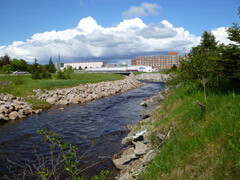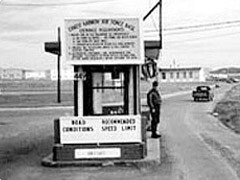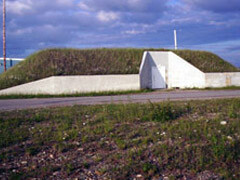Town Vision, Mission, and Values Statement
Vision
To build a strong, vibrant, diverse community where we respect our heritage, embrace the present, and focus on our future.
Mission
The Town of Stephenville supports the community’s vision through accessible leadership, partnerships, and well-managed municipal services while embracing opportunities for growth that will enhance our quality of life.
Values
- Accountability — We deliver what we promise. We are accountable for our actions and results and the efficient, effective use of public funds.
- Dedication — We willingly take on responsibility and are committed to serving our community. We will take the initiative and do our share of the work.
- Honesty — We demonstrate personal integrity, truthfulness, and honesty. We inspire public confidence and trust in our government.
- Innovation — We pursue innovation through creativity, initiative, and taking calculated risks for the benefit of the community.
- Respect — We value openness, inclusivity, and our community's cultural and social diversity. We make it possible for every resident to participate in our community and government.
- Teamwork — We act as a team, demonstrating high levels of trust and cooperation. We collaborate across departments to achieve our goals in partnership with our community.




